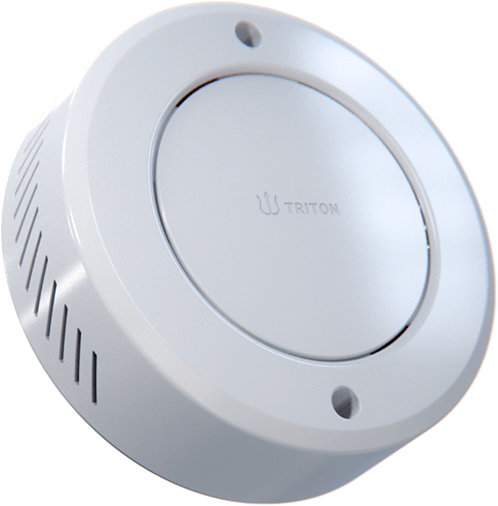At one point, vaping was a popular choice in schools. Students would sneak into bathrooms between classes to inhale flavored tobacco vapors and nicotine. Teachers and administrators were in a state of despair until the districts turned to a vape detection system.
Today, schools across the country have reported major successes, showing just how transformative the technology can be in tackling the vaping epidemic.
A Case Study: Reducing the amount of vaping by 83% over 10 Weeks
Luling Independent School District faced an enormous problem with smoking. Students continued to use e-cigarettes despite numerous warnings and a stricter policy. Smoke alarms are useless in the case of vapor and staff simply cannot be everywhere at the same time.

As a test, the district installed vape detectors in schools during March. The results were astonishing. Within five weeks, incidents of vaping had dropped noticeably. In just ten weeks, the vaping rate had decreased by 83%..
Administrators were able to see the results beyond figures. Teachers reported fewer interruptions, and the students started to realize that vaping should never be left unattended.
Similar Results at Match Charter Schools
Match Charter Schools is another effective instance. They had to fight back against vaping at middle and high schools. They implemented a set of smoke alarms for vapes in August and saw immediate improvements.
Then, in December, less than four months after, the administration reported an 80percent decrease in daily vaping incidents. Parents applauded the school’s tangible steps to safeguard their children, while teachers reported a decrease in hallway loitering as well the reduction in bathroom congestion.
Both districts are part of a growing trend. Schools that adopt vape detection show tangible improvements both in behavior and security.
What makes vape detectors effective?
The technology behind the results is the reason they are possible. Modern vape detectors do more than just detect the vapor. They also monitor the quality of air and occupancy levels and send staff alerts in real time. This means that administrators don’t be reliant on their own intuition or post-fact reports.
The detectors have been designed to protect your privacy. No cameras. No audio recording. There is no audio recording. All you need is instant, precise data that aids schools to act quickly without infringement of student rights.
Vape detectors are among the most reliable safety tools schools use today. They combine effectiveness with compliance.
Beyond Vaping: A Wider Safety Net
Many administrators are aware that detectors extend beyond vaping prevention. Advanced systems can detect loud noises and triggers that are linked to emergencies, and even vandalism attempts.
The detector will notify staff if, for example students are seen loitering in an area for restrooms. Staff can be immediately alerted if a person shouts out an urgent keyword, for instance “help”. In this way, vape detectors for schools become part of a larger safety strategy one that addresses both health risks and potential violence.
Why Parents and Boards Should Support Vape Detectors
Transparency provides confidence that is often ignored. Schools that employ detectors can generate reports that clearly depict the current trends in smoking. The reports are then shared with school board members, parents and community members, providing evidence that tangible steps are being taken.
Parents in particular appreciate measurable results. Vape smoke detectors aren’t just a way to catch students, it’s safeguarding their health and promoting the idea that smoking vape isn’t allowed in schools.
The Takeaway is a Proven Path to Take
The battle against smoking cigarettes was invisible to schools for years. However, case studies conducted in districts all over the country have proven that this isn’t true. Administrators can detect dangers and stop risky behaviors immediately using a vape detector. This creates an environment that is more secure for students.
The vaping epidemic may not be completely gone but there’s a shift in the trend. Vape detection technology isn’t just a response to problems, it’s also an opportunity for schools to set the standard for better health for their students.
Conclusion
Technology is working in schools across Texas up to Massachusetts. The modern vape alarm does more than alert. It alters the way students behave and creates trust. It is also a a permanent solution to the major health concerns facing today’s students. Vape detectors in schools are not just an experiment for any district who cares about student safety. They’re now the norm.